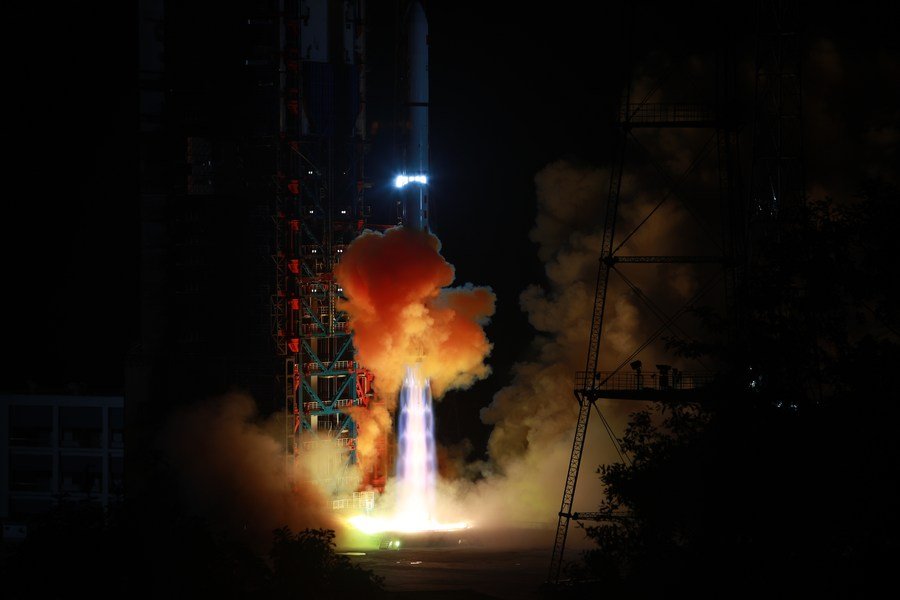Zeyuan, 17 October 2022 (TDI): China launched a remote-sensing satellite into space from the Xichang Satellite launch center, on October 15. The launch center is located in the province of Sichuan.
The launch of the satellite, Yaugan-36, through a long march-2D transporter rocket, took place on Saturday at 3:12 am and entered its targeted trajectory successfully. The satellite is engineered for scientific advancement in space experimentation.
It is an instrument to monitor as well as manage land resources, agricultural resources, observation of the environment, along with the prevention of catastrophic events.
Remote sensing satellites, also known as Earth observation satellites or Earth remote sensing satellites are used as spy satellites.
They can also be used for environmental monitoring, meteorology, as well as cartography. The most common type is Earth-imaging satellites.
Also Read: China launches 16 new satellites
It is pertinent to note that Saturday’s lift-off was the 444th mission by the long march rocket series. China holds a national record of 55 space launches in 2021 and broke the previous record of 39 launches registered in 2018 and 2020.
Although the record holder for the number of space lift-offs is Russia, followed by the United States of America (USA), China is well on its way to advancing and competing with the two leading space powers in the world.
Along these lines, China is rapidly catching up to the USA in space capabilities and has already outperformed it in hypersonic technology.
Hypersonic technologies are missiles or aircraft that can travel with a speed of Mach 5 or faster. They are highly maneuverable.
China sent a hypersonic missile, that went around the world and landed at hypersonic speed. Unlike conventional missiles, the maneuverability of hypersonic missiles is hard to predict.
It can change its trajectory, making it hard for the air defense system to counter and track the missile. China is working on excelling in all domains to further enhance its space program.
I'm a detail-oriented, problem-solving, persistent multitasker. Having a magna cum laude MSc. in Strategic Studies from National Defense University, Pakistan, I believe in peaceful discourse & dialogue and have built my interest in nontraditional security threats.
I am an experienced writer with a primary focus on public policy, environmental security, nuclear strategy, and geopolitics!








